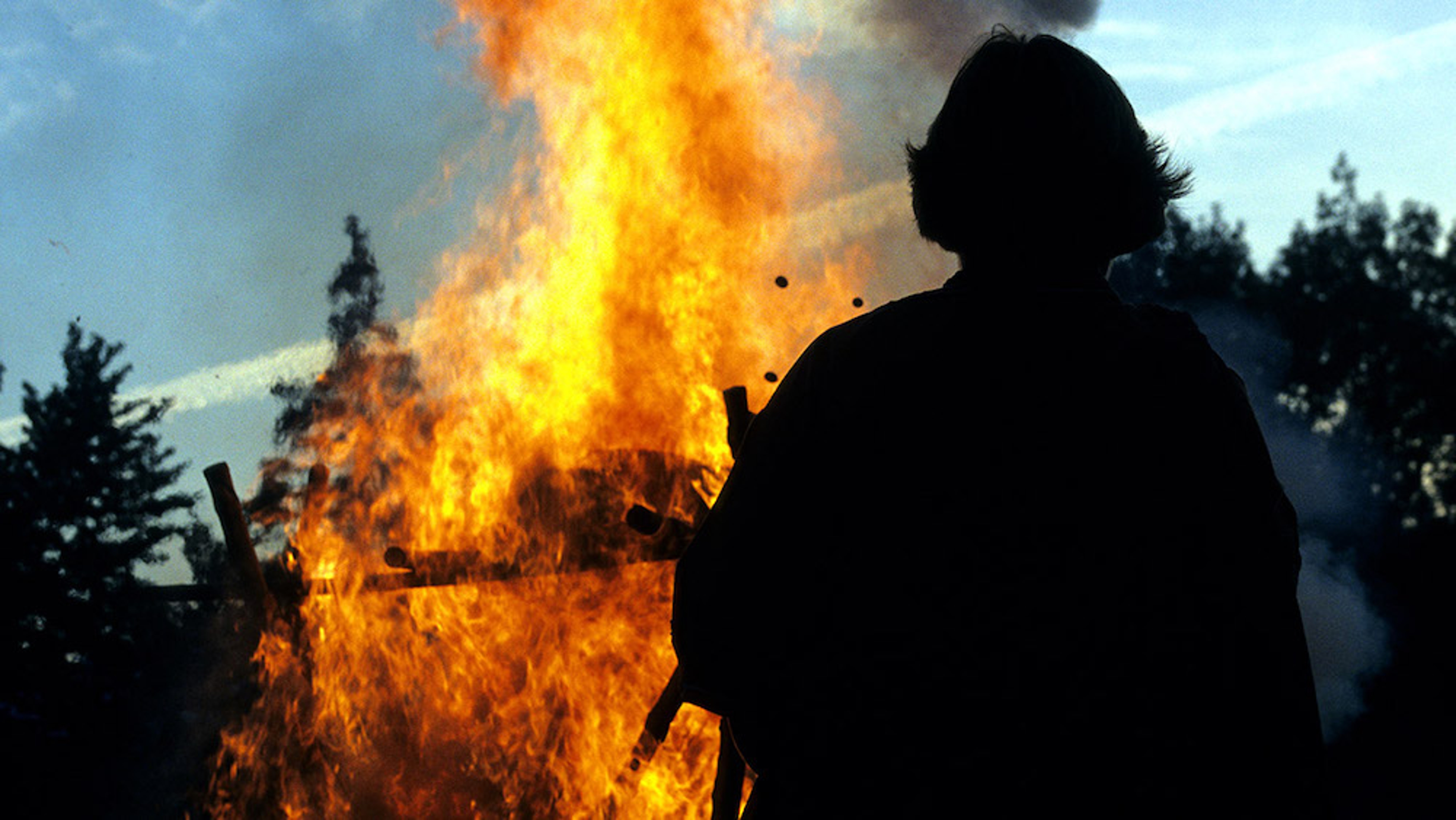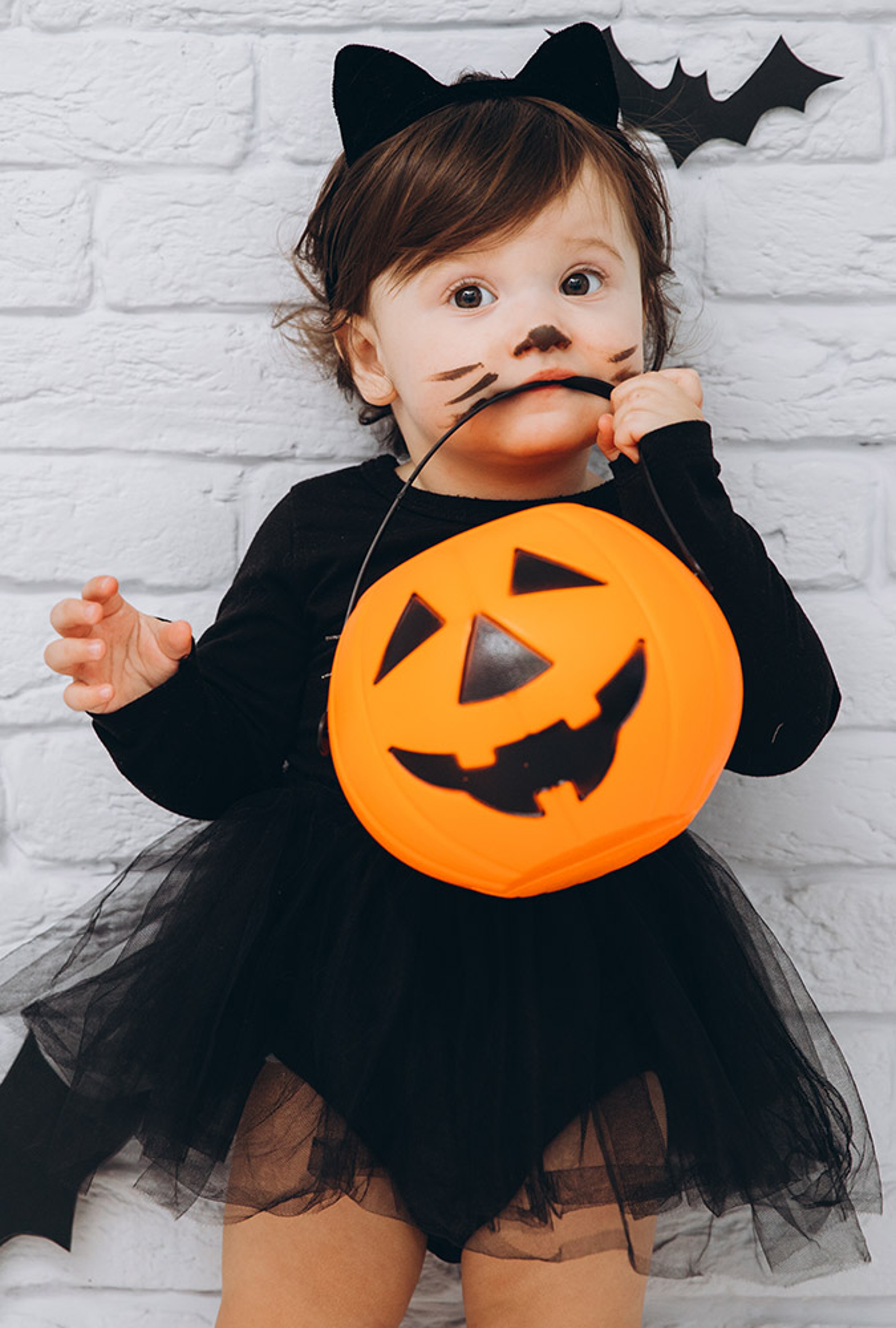From 'Soul Cakes' to 'Stingy Jack': Exploring the Mysterious History of Halloween
Halloween is more than costumes and candy. The holiday traces its roots back to the Middle Ages and has a rich and spooky history.
Oct 21, 2021
Halloween is big business in this country. The National Retail Federation estimates that between costumes, candy, and decorations, Americans will spend mire than $10 billion celebrating the holiday this year. But despite the monster it’s become, All Hallows’ Eve actually started out a much simpler affair.
It started as a folk festival
Many of the Halloween practices we carry on today originated in the British Isles in the 9th and 10th centuries, according to Regina Hansen, a master lecturer at Boston University and expert on the supernatural and how it’s portrayed in literature and film.

“Halloween was not always a children’s holiday,” Hansen says. “In the Middle Ages, many people commonly celebrated the feast of Samhain, which falls on November 1.” The Gaelic festival marks the end of harvest and the beginning of winter, or the “dark half” of the year. During Samhain, many believed that the souls of those who had been dead for a while were able to return to visit their homes, and those who had died recently were finally able to “cross over” to the otherworld. Because of this, on the evening before the festival, it was customary for people to go door to door “representing” the souls of the dead, who were said to be walking freely on that evening.
“They believed this was a time when ghosts and spirits came out to haunt, and the Celts would appease the spirits by giving them treats,” Hansen says.
The birth of trick-or-treating
This “souling,” as the act of walking door to door was called, is the origin of trick-or-treating as we know it today. Way back when, the treat was called a “soul cake” and was typically some type of spiced cookie or biscuit (in many ways similar to a snickerdoodle). But as popular as these baked treats were, and as much as people wanted to collect them, the “trick” part of the evening was also still incredibly common — even though it couldn’t be captured for a TikTok video.

"The idea of getting a ‘trick,’ and possibly having your home vandalized for not offering treats, is as old as the holiday itself,” Hansen adds. That’s how Halloween costumes came about: People wanted to be disguised so they could cause trouble and their neighbors wouldn’t recognize them. And if the costumes were scary and connected back to “dead souls” thought to be walking door to door — or could help you avoid being recognized by the ghosts believed to be present — then all the better!
The two ideas and traditions slowly merged, creating the spooky evening of ghosts and candy we all love today.
Say hello to Jack
Nothing says Halloween more than pumpkins. Whenever fall rolls around, we welcome in a world of pumpkins: pumpkin cookies, pumpkin pound cake, pumpkin pie, and pumpkin butter. We also get a world of pumpkin decorations, including the ever-present smiling (and sometimes scary) carved jack-o'-lantern.
“Part of Halloween’s allure is that it’s also tied to harvest since crops like corn, pumpkins, turnips, wheat, and apples were all traditionally harvested in the fall,” says Lisa Morton, an author, screenwriter, and Halloween historian.
As for why we now mark the holiday by carving faces into pumpkins and lighting them with candles, that tradition, according to Hansen, originated centuries ago and was originally part of an Irish folktale centered around a man known as “Stingy Jack.”
As the story goes, Jack repeatedly played tricks on the devil. Because of his mischievousness, when he died, he wasn’t allowed into heaven — but the devil also wouldn’t let him into hell. Instead, the devil gave Jack a lump of burning coal and sent him off into the night, where he’s been wandering ever since. As he traveled, Jack is said to have originally carved out a turnip to hold his piece of coal — and many superstitious people did the same, making their own turnip lanterns in his memory.
“But when the Irish and Scots came to North America with their traditions, they quickly realized that pumpkins were easier to carve,” Hansen says. “And the rest is history.”
The origins of four classic Halloween symbols

The black and orange colors that signify most Halloween festivities symbolize two vastly different concepts. Based on traditional Celtic traditions connected to the festival of Samhain, the color black represents the “death” of summer. Orange, meanwhile, is meant to evoke a warmer, more wholesome autumn, the harvest season, and the changing of the leaves.
- Black cats are a popular costume choice for young children and one of the quintessential icons of Halloween. The reason? During the Middle Ages, the loveable furballs developed a reputation for being symbols of evil and were often associated with Satan, witches, and witchcraft. People even believed evil creatures could take the form of a black cat and were afraid to be around them. That idea persists to this day, with the superstition of a black cat crossing your path being a sign of bad luck.
- Vampires — Dracula, in particular — are one of the most beloved Halloween monsters of all time. Author Bram Stoker, whose novel Dracula was published in 1897, based his character off a real-life historic figure who lived in the 1400s. Vlad III, or Vlad the Impaler as he was known (because of the way he liked to kill his enemies), was the ruler of a section of Romania called Wallachia. Vlad’s father was a knight and a member of the Roman Empire’s Order of the Dragon. In Romanian, the word for dragon is “drac,” making Vlad III the “son of Dracul,” or Drăculea.
- Love it or hate it, no candy says Halloween more than candy corn. An invention of Philadelphia’s Wunderlee Candy Company, this tri-color treat was created in the 1880s. Back then, though, it was called “Chicken Feed” and sold in boxes bearing the unique — and not at all frightful — slogan “Something worth crowing for.”







